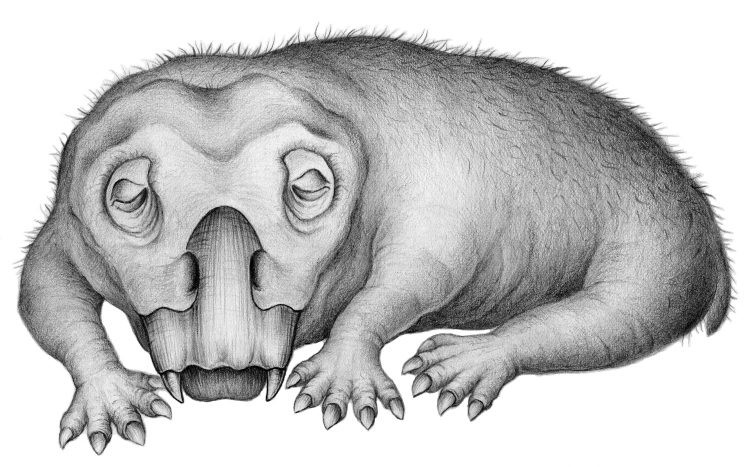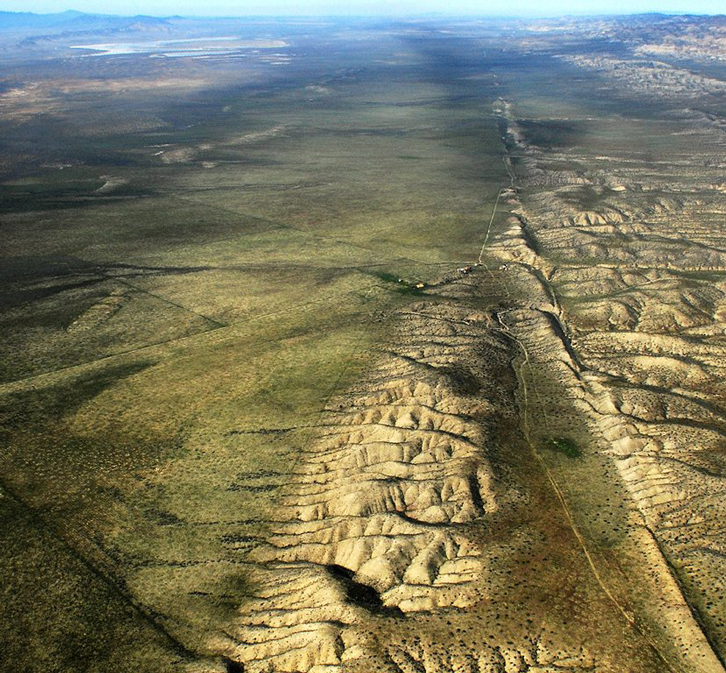
This Article From Issue
November-December 2020
Volume 108, Number 6
Page 328
In this roundup, managing editor Stacey Lutkoski summarizes notable recent developments in scientific research, selected from reports compiled in the free electronic newsletter Sigma Xi SmartBrief.
Signs of Life on Venus?
The Venusian atmosphere includes a gas that potentially could be created by alien bacteria. Astronomers analyzed the planet’s clouds and found traces of phosphine. This smelly gas is produced on Earth by anaerobic microbes and by some industrial processes. An international team led by Cardiff University astronomer Jane S. Greaves considered all of the ways that the gas might have ended up in Venus’s clouds, but they could not come up with a plausible abiotic source. Furthermore, phosphine is found in higher concentrations on Venus than on Earth (parts per billion rather than parts per trillion). Sulfur and sunlight—both of which are plentiful on Venus—break down phosphine, so the gas must be continually produced to maintain this high level of concentration. These findings leave two possible explanations: Either the phosphine is produced in a chemical process that we do not yet understand (one that does not occur on Earth), or a biological source is creating the gas. Although NASA does not currently have any missions to Venus scheduled, this discovery might bump projects such as VERITAS (Venus Emissivity, Radio Science, InSAR, Topography, and Spectroscopy) and DAVINCI+ (Deep Atmosphere Venus Investigation of Noble gases, Chemistry, and Imaging Plus) to the top of the priority list.

NASA/JPL
Greaves, J. S., et al. Phosphine gas in the cloud decks of Venus. Nature Astronomy doi: 10.1038/s41550-020-1174-4 (September 14).
Prehistoric Hibernation
The tusks of an Early Triassic animal called Lystrosaurus show signs of periodic torpor, indicating that hibernation is a very old adaptation that helped creatures survive harsh conditions. Lystrosaurus were four-legged synapsids—a group that includes ancestral mammals. They grew to about the size of a pig and lived in many parts of Pangea. Zoologist Megan R. Whitney of Harvard University and biologist Christian A. Sidor of the University of Washington compared the tusks of Lystrosaurus found in modern-day South Africa and Antarctica. During the Early Triassic, the two continents were part of the same landmass but had climates that differed significantly: The region that is now Antarctica was already reaching toward the polar circle and thus dropped to much colder temperatures than the area that is now in Africa. Whitney and Sidor compared the tusks of Lystrosaurus from the two regions. Because the tusks continued to grow throughout the animal’s life, they carry evidence of the creature’s life cycle and environment in a manner analogous to tree rings. The researchers found evidence in the Antarctic tusks of shifts in metabolism rates that indicate seasonal torpor. These signs were not present in the South African examples. Whitney and Sidor theorize that the physiological flexibility conferred by torpor may have helped Lystrosaurus survive the Permo-Triassic mass extinction, the largest-known extinction event.

Crystal Shin
Whitney, M. R., and C. A. Sidor. Evidence of torpor in the tusks of Lystrosaurus from the Early Triassic of Antarctica. Communications Biology doi: 10.1038/s42003-020-01207-6 (August 27).
Universal Emotions of Color
Are you “feeling blue” or “seeing red”? It turns out that people from around the world are likely to understand your colorful metaphor of emotion. A team of psychologists and linguists found that associating colors with emotions is a universal phenomenon, and that many of the specific associations are common across cultures. They tested 4,598 participants representing 30 nations over 6 continents who spoke 22 native languages to see whether color associations are due to humans’ shared cognitive architecture or are created by culture. The participants paired 12 color terms (not swatches) with 20 emotions, and also ranked the intensity of that emotional connection. The color term and emotion that were most commonly paired were pink and love, whereas purple had the greatest variety of emotional associations. Red was the only color term that individual participants strongly associated with two contrasting feelings: love and anger. Although many associations appear to be near-universal, there are stronger connections between groups that are geographically or linguistically linked, and some cultural traditions added layers to the emotions that were not felt elsewhere. For example, a common association is white with relief, but in China—where white is traditionally worn at funerals—white is also associated with sadness. The common color associations prompt further questions about how color affects cognition. The findings also suggest avenues for practical applications in well-being and design.
Jonauskaite, D., et al. Universal patterns in color-emotion associations are further shaped by linguistic and geographic proximity. Psychological Science doi: 10.1177/0956797620948810 (September 8).
Deep Quakes from Melting Rock
Beneath the San Andreas fault, liquid rock causes the tectonic plates to slip, resulting in recurring, low-frequency earthquakes. Geophysicists created a computer model that replicates the conditions 10 kilometers to 26 kilometers below the Earth’s surface. They found that friction at these depths creates temperatures exceeding 350 degrees Celsius, hot enough to melt rock. The tremors are small, but their regularity may contribute to larger earthquakes felt near the surface. These lubricated quakes deep within the Earth might be a common feature in many faults worldwide. Understanding the geophysics behind the Earth’s movement helps researchers improve models for earthquake prediction.

Wikimedia Commons
Wang, L., and S. Barbot. Excitation of San Andreas tremors by thermal instabilities below the seismogenic zone. Science Advances doi: 10.1126/sciadv.abb2057 (September 4).

American Scientist Comments and Discussion
To discuss our articles or comment on them, please share them and tag American Scientist on social media platforms. Here are links to our profiles on Twitter, Facebook, and LinkedIn.
If we re-share your post, we will moderate comments/discussion following our comments policy.